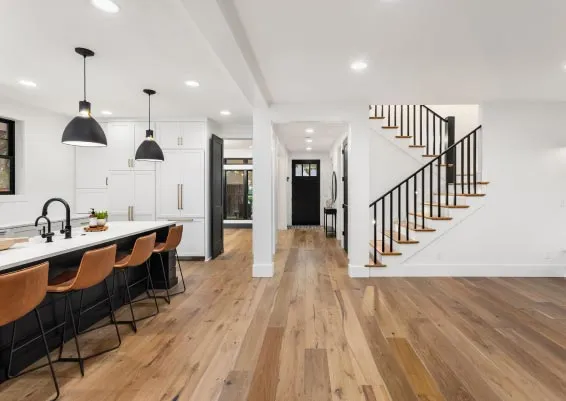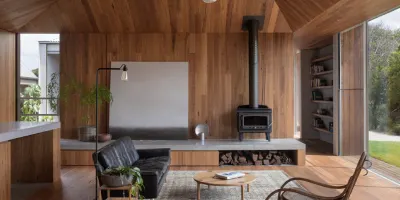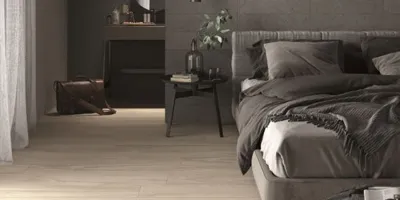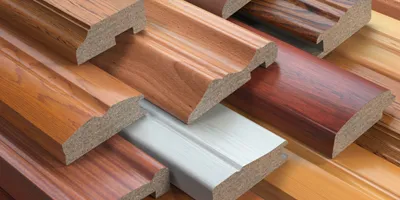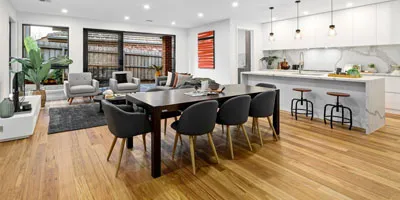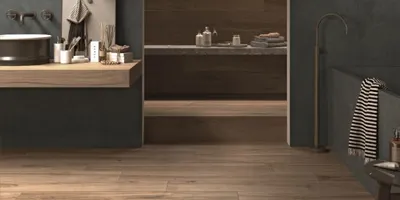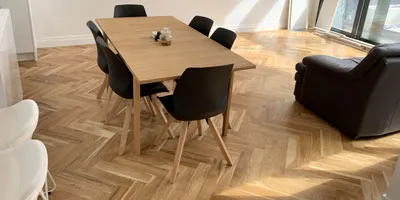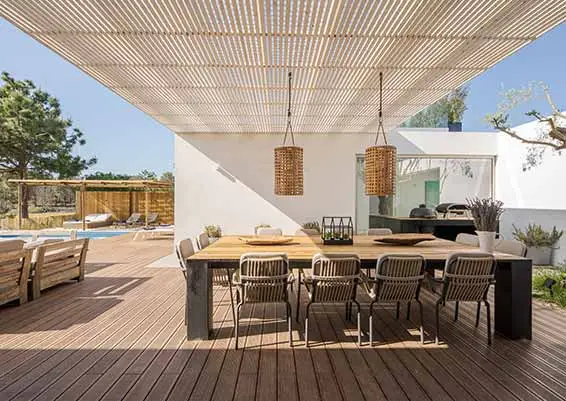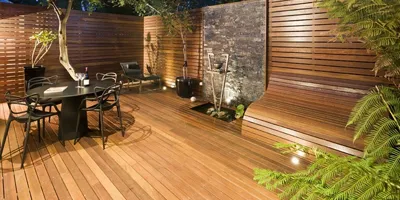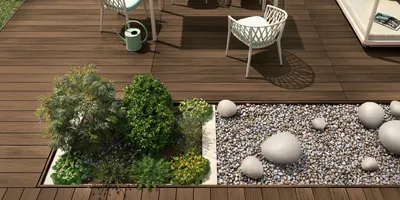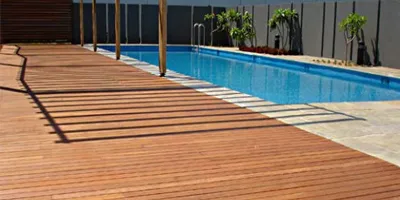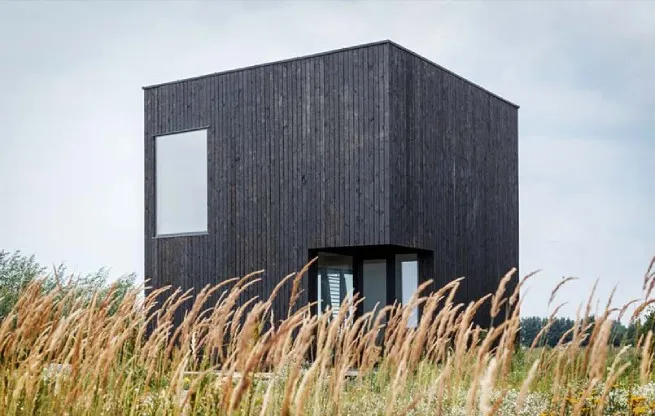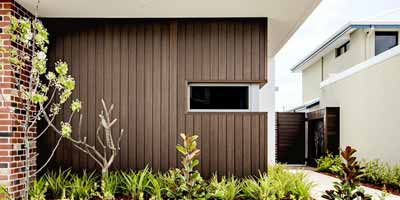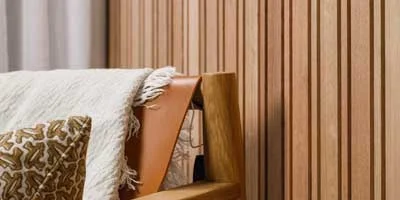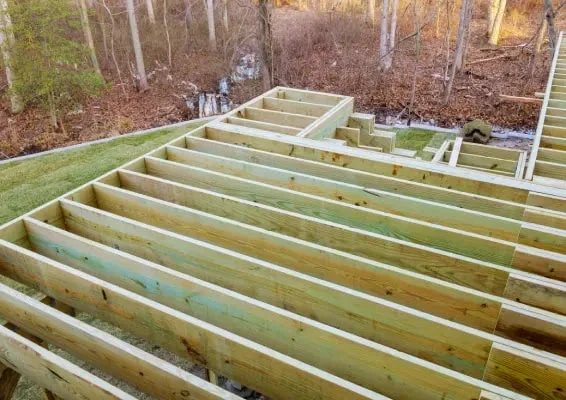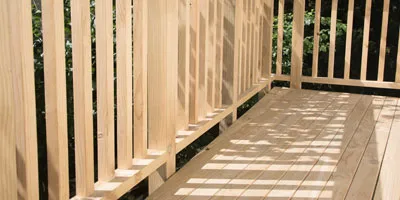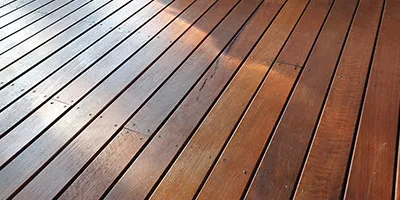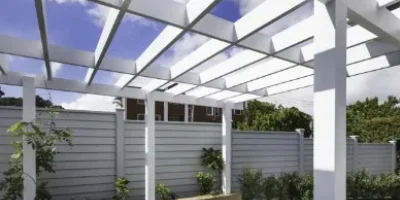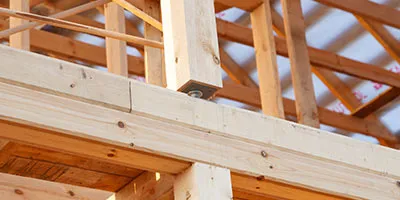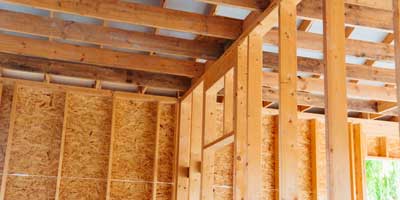What is Engineered Timber Flooring? Best Uses Explained
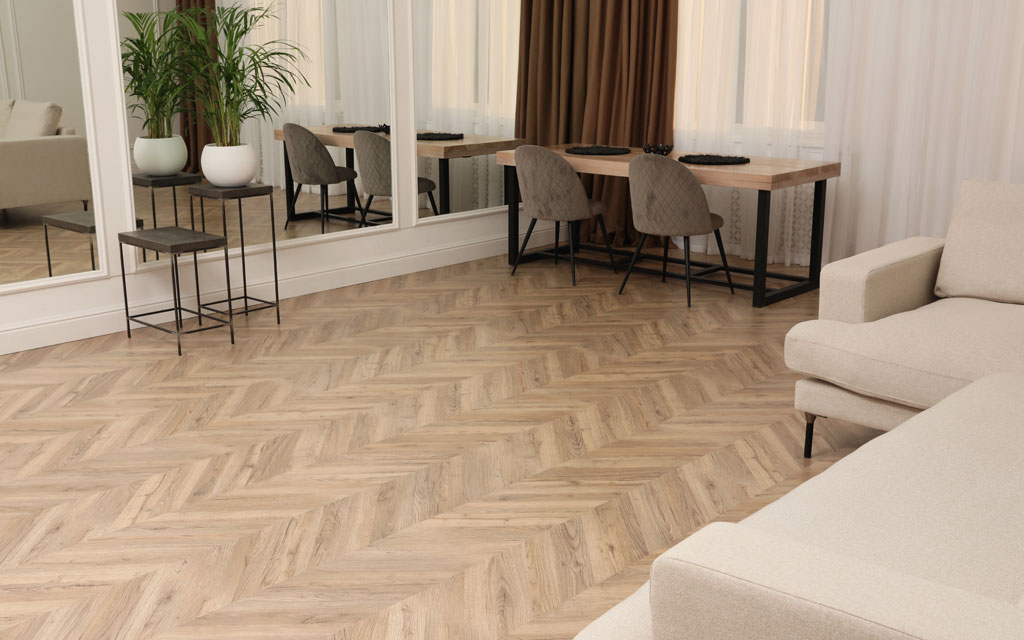
If you’ve been shopping around for timber floors, you’ve probably noticed engineered timber coming up a lot. Some people hear the word “engineered” and think it’s a lower-grade alternative to solid wood, but that’s not really true. In many modern builds, especially apartments and places with underfloor heating, engineered timber isn’t just another option, it’s often the better one.
This guide breaks down what engineered timber flooring actually is, where it shines the most, and why homeowners, architects and installers choose it more today than ever.
What Exactly Is Engineered Timber Flooring?
Think of engineered timber as a smarter construction approach rather than a different material. The top layer, the part you see and walk on is real hardwood. Oak, Blackbutt, Spotted Gum, European Oak, the same species you’d find in traditional timber flooring.
Beneath that hardwood layer, you’ll find multiple layers of plywood or high-density fibre board stacked in opposite grain directions. This structure gives engineered timber its biggest advantage, stability.
- Top layer: Genuine hardwood veneer
- Core structure: Layered panels glued in a cross-grain configuration
The hardwood veneer thickness can vary. Thicker wear layers allow more sanding and refinishing over the years. So yes, engineered timber can last decades and look good doing it.
Also Read – Why Choose Merbau Timber Decking?
Engineered vs. Solid Timber: What’s the Difference?
Solid timber flooring is a single piece of wood from top to bottom. Beautiful, yes, but it reacts to the environment. Moisture, heat, air-conditioning, solid boards expand and contract a lot more.
Engineered timber limits that movement, giving you:
- Less cupping, bowing, and gapping
- Better performance in climate-controlled homes
- Fewer headaches if you’re installing above concrete
In short, engineered timber gives you that natural timber look with more flexibility in where (and how) it can be installed.
Best Places to Use Engineered Timber Flooring
Not every floor is the same, and engineered timber gives homeowners more freedom. Here’s where it really earns its reputation.
Apartments and Multi-Storey Living
Many apartment buildings have concrete slabs as the subfloor. Engineered timber is lighter, easier to install over concrete, and often compatible with acoustic underlays that help meet building noise requirements.
Spaces With Heating Systems
Underfloor heating and solid wood are not really compatible. With engineered timber, the cross-laminated structure handles temperature fluctuations better, reducing the risk of warping.
Open-Plan Modern Homes
Big window panels, skylights, climate control running all year, modern architecture puts pressure on flooring. Engineered timber deals with diverse temperature and humidity changes more gracefully than solid planks.
Over Existing Floors or Slabs
Floating or glue-down installations are easier with engineered boards. Renovators appreciate that they often don’t have to rip up the old floor to install the new one, if the height and structure allow.
Commercial or High-Traffic Areas
With a tough protective coating (often UV-cured), engineered floors can hold up well in cafés, small retail stores, or reception areas. And if the wear layer is decent thickness, you can refinish it when it starts to show age.
Where Engineered Timber Doesn’t Fit
- Constantly wet areas, like showers.
- Outdoor decking
- Places with unsealed moisture exposure.
Bathrooms may be allowed, depending on the supplier and a strict waterproofing system but always double-check the product warranty before trying it.
Also Read – Everything You Need to Know About Engineered Timber Floors
What Kinds of Finishes Can You Get?
Engineered timber is available in just as many styles as solid wood. You’ll usually choose from these main finishes:
- Matte lacquer: Hides scratches better.
- Satin finish: Classic timber sheen without being shiny.
- Oiled finishes: More natural feel, easier spot-repairs, but needs more upkeep.
- Brushed or hand-scraped textures: Perfect for those who want character and less visible wear.
You can go modern and smooth or rustic and textured, whatever suits your style.
Is Engineered Timber Durable?
Yes, but on if you choose a good quality product.
A lot depends on:
- The thickness of the top hardwood layer (3mm–6mm+ is ideal for longevity)
- The timber species (oak and Australian hardwoods are tough choices)
- The quality of the core construction
- The coating or protective finish
Well-made engineered timber can be resanded multiple times across its lifetime. Some high-quality floors easily last 30–50 years with proper care.
Installation Options: Which One Is Best?
Engineered timber gives you a few ways to get the job done:
| Installation Method | Works For | Notes |
|---|---|---|
| Floating floor | Renovations, apartments | Faster install, uses acoustic underlay |
| Glue-down | Concrete slabs, commercial | Strong connection, better sound and feel underfoot |
| Nail-down | Over timber subfloors | Gives that traditional “solid” feel |
Care & Maintenance
Timber is still a natural product, so treating it with a bit of care pays off in the long run.
Helpful tips:
- Use felt pads under furniture.
- Keep dirt and grit off the floor. (quick vacuum = less scratching)
- Avoid dragging heavy items.
- Maintain stable humidity indoors when possible.
- Clean spills rather than letting them sit.
- A little prevention goes a long way.
Also Read – Why Does Choosing the Right Composite Decking Matter?
Why Choose Engineered Timber Flooring?
If you want to know the key advantages at a glance:
- Real timber look and feel.
- Works better in more environments.
- Often faster and less expensive to install.
- Great with underfloor heating.
- Less prone to movement and moisture issues.
- Wide variety of designs and finishes.
It’s a smart balance of natural beauty and modern engineering, so you can get the best of both worlds.
Final Thoughts
Engineered timber flooring isn’t a compromise, it’s a contemporary upgrade. It gives you the warmth and authenticity of real wood with a structure that is better suited to today’s homes and construction methods.
If you’re deciding between flooring types, think about your space: the climate, the subfloor, the traffic, and how long you’re planning to stay. Engineered timber offers plenty of flexibility to design a home that looks great and stays that way. At Greenhill Timbers we supply premium-quality engineered timber at the best prices in the industry. With us, shop for this flooring material and bring home all the benefits without breaking the bank.

